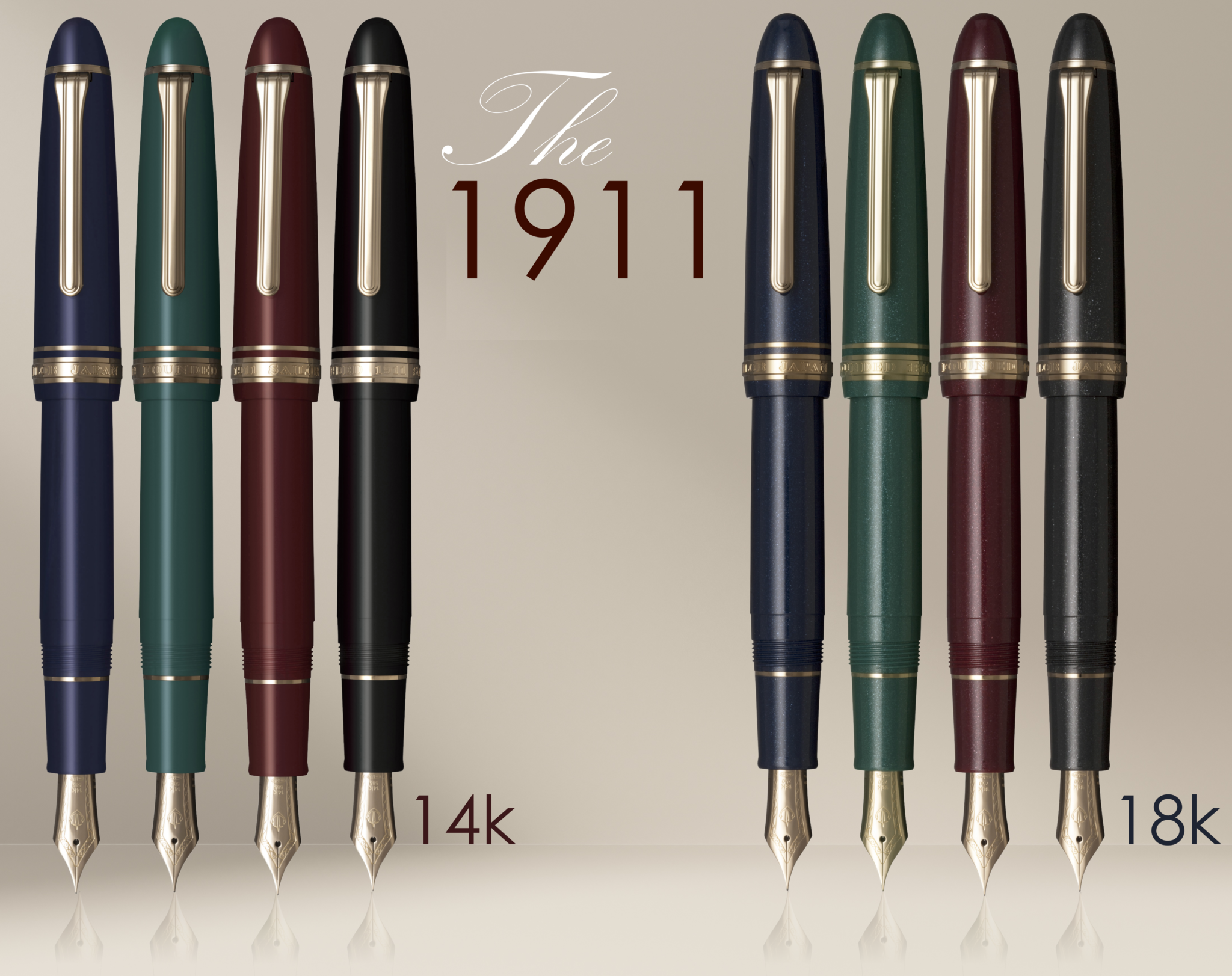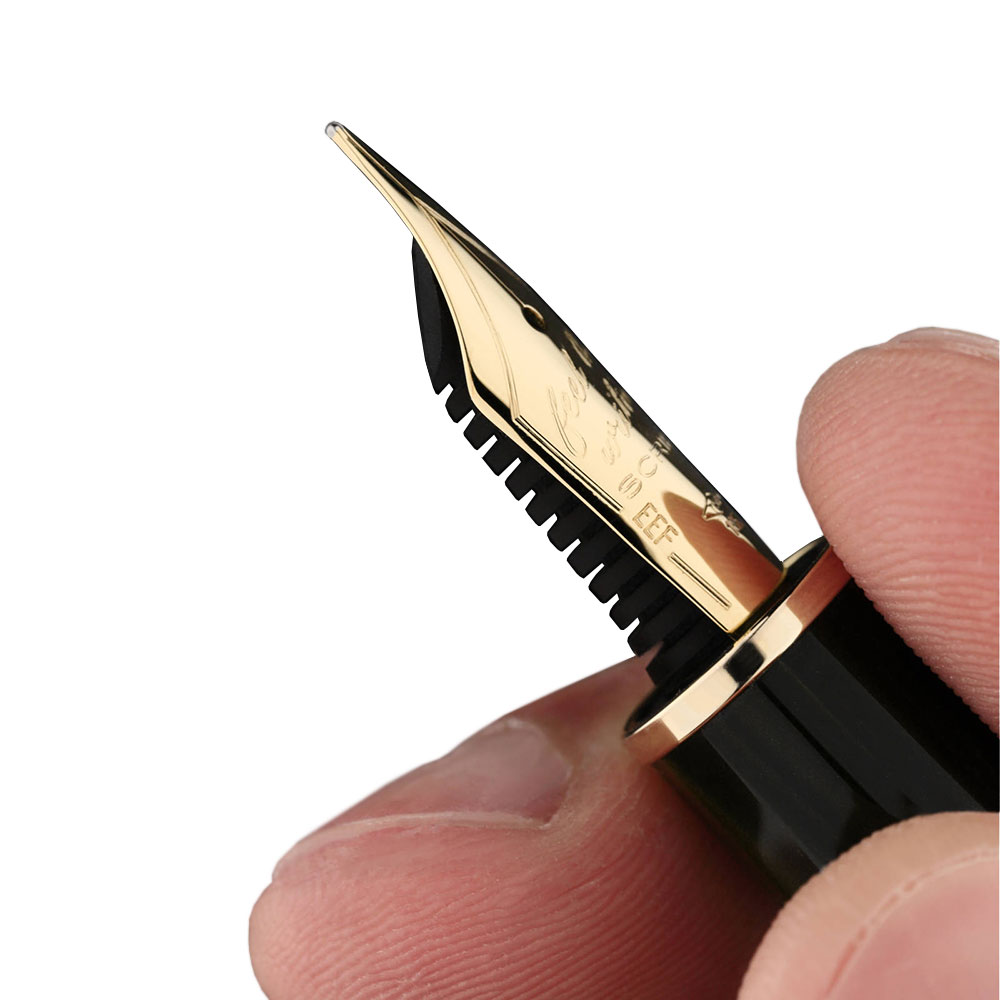From time to time, we tend to forget, that, as Leonardo Da Vinci stated above, less is more. However, this absolute truth also witnesses that often in objects that we perceive as “simple”, there is an incredible effort behind to make them as they are. Join me in this short journey through 2 of my favourite “simple” objects: the Breguet Classique 5177 “Grand Feu” Enamel dial and the Namiki Yukari Royal.

Actually I have heard the sentence quoted above for the first time in a completely different context. I remember I was discussing with a friend about the intuitive handling of the new iPhone 3G, back in 2008, and he was arguing, rightly, that behind the easy usage of the smartphone, there was an immense work and many hours of study on how to simplify things for the end user and, finally, make his experience as pleasant as possible. I think there is no doubt on the success of this philosophy. However, from that moment on, I looked at simple things from a completely different angle. Finally it was clear to me, why I was fascinated by “simple” objects like a LC2 of Cassina or the straightforward lines of a Pedrazzini Capri. Same thing for the Namiki Yukari Royal Black Urushi and the Breguet Classique “Grand Feu” Enamel dial. If you are interested in a deep review of the Namiki Yukari Royal, have a look at our post from a couple of months ago. There you will find more interesting details about this marvellous writing instrument. In this post, we will focus on the techniques behind the common points between these 2 wonderful objects: the colours.
The Deepness makes the difference

Let’s start with a common characteristic of both: the deepness of colours. In fact, in both cases, for the urushi lacquer as well as for the enamel, several layers are applied to the respective bodies and by applying these layers, the colours, in these cases black for the pen and white for the dial, are incredibly deep and intense. At the same time very smooth. In fact, if you have a look at the images of the black Yukari Royal, you can almost see the different layers. The urushi technique is very old and has been used first in China and then in Japan over 6ooo years ago. The lacquer is taken from the so called “Chinese Lacquer Tree” and the base is usually first primed with a paste of Urushi and clay powder and wet sanded with a waterstone or sandpaper. Then coloured Urushi is applied in numerous layers. Urushi is traditionally often pigmented red (with iron oxide and cinnabar) or black (with soot). A very complicated process and in addition each layer must cure under absolutely dust-free conditions at high humidity and almost 30 °C. Urushi artists therefore often settle in remote mountainous areas. It’s therefore understandable that this ancient art is disappearing and getting rare. A similar process is followed by the Grand Feu Enamel artisans that are decorating the dials of the Breguet watches.

Whiter than snow
Admittedly the Breguet 5177 Classique isn’t a watch for a public under 50 (personal opinion) but I have to say, that every time I see someone wearing such a watch, I get tempted to get one for myself, and I’m “only” 37 years old. So beautiful! So simple and though so sophisticated. In particular if you look at the work behind the snow white dial and the fantastic contrast with the blue figures and pointer, you will agree with me, that it’s so timeless that actually your age simply doesn’t matter. In particular the Ref. 5177BR/29/9V6 with its Rose Gold case and the brown leather strap is absolutely stunning. The combination of colours is easy to combine with every possible suit you can think of and yet so unique. As well here, the degree of sophistication behind the creation of the Grand Feu Enamel dial is remarkable. Enamel is a soft glass comprising of silica, red lead and soda. When mixed together with other elements, enamel takes on a persona with intense hues and a subtle, yet magical depth. The problem is that the manufacture process is incredibly hard to control. Repeated firings are necessary between each application of enamel to build up a certain thickness. And each time the dials are fired (at 800-1200°C) in the oven, there is a high risk that they may crack, air or gas bubbles may emerge and leave tiny holes, or the resulting colours might not be optimal. The colour equation is also made more complex in that the final colour after firing may not be the same as the colour of the enamel in the bottles, or even after heating. In other words, just to make a “simple” white dial for a classic 3-pointer watch, you risk to destroy the dial at least 10 times. However, once the result is achieved… what a satisfaction. And what a piece on your wrist. Absolute excellence with no complication.
Simplicity as a value
In today’s hectic world we sometimes underestimate the joy that simple things can give us. The above are only 2 examples of how very simply looking objects can be the result of a complex process made of passion and hard work. Leonardo Da Vinci knew in fact what he was talking about. His genius inventions are based on simple principles and are quite rudimental at first sight. But they brought huge benefits to humanity even centuries after his death. So next time you see any simple object, reflect on the complexity behind its invention process and maybe its manufacturing process. After a closer look, you might be surprised how much sophistication there could be behind a simple object.
Image credits: Samuel Naldi, breguet.com







Leave a Reply